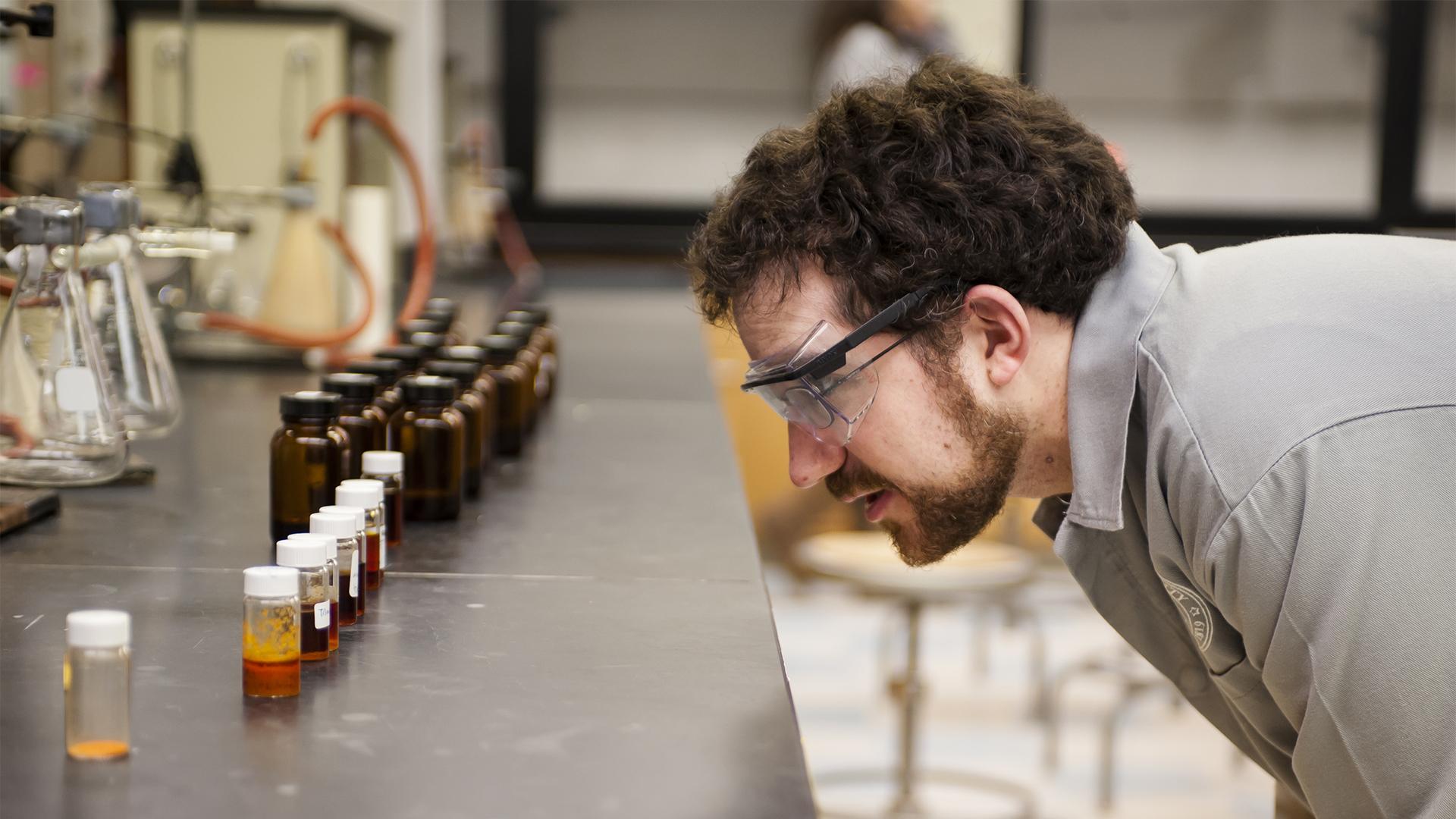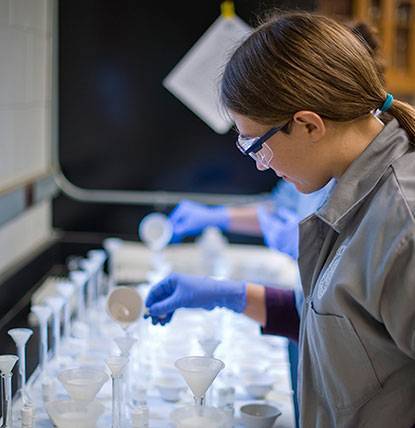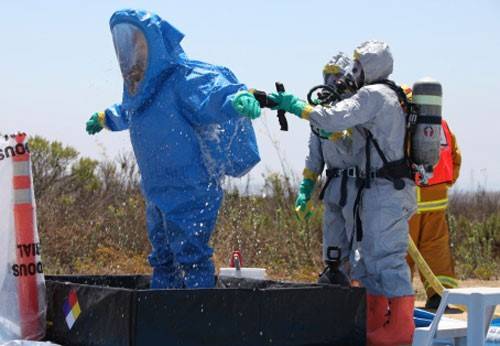The Chemical Hygiene and Laboratory Safety Program is responsible for the development and oversight of programs to ensure the safe handling, use, transport, collection, storage, and disposal of chemicals generated by teaching, research, or administrative support activities.
Waste Management and Disposal Guide
The Waste Management and Disposal Guide has been designed to assist the students, staff, and faculty of Colgate University in the safe and economical management of lab waste, including hazardous chemical waste, radioactive waste, and biological waste. Hazardous materials generated in laboratories, art studios, workshops, and other locations on campus are collected, labeled, and stored according to specific procedures detailed in this manual.
Peroxide Forming Compounds
Certain laboratory chemicals form explosive peroxides when exposed to oxygen in the air. Over time, some chemicals continue to build peroxides to potentially dangerous levels whereas others accumulate a relatively low equilibrium concentration of peroxide, which becomes dangerous only after being concentrated by evaporation or distillation. Colgate's Peroxide Forming Chemical Safety Program was developed to prevent accidents and to help EHS track and periodically test all peroxide-forming chemicals.


